Iran has reached a critical point in its nuclear capabilities, according to a confidential report by the International Atomic Energy Agency (IAEA). The UN's nuclear watchdog has revealed that Iran's reserves of enriched uranium have exceeded the agreed limits by 30 times, bringing the nation to the brink of developing nuclear weapons.
The report indicates that Iran possesses over 6,000 kilograms of enriched uranium, a quantity sufficient for the production of nuclear weapons. This revelation intensifies the long-standing debate surrounding Iran's nuclear program, which the Iranian government maintains is solely for peaceful and civilian purposes. However, Israel and the United States have consistently expressed concerns that Iran's nuclear activities could be directed towards military objectives.
The IAEA's findings show that Iran has significantly surpassed the enrichment levels set by the 2015 nuclear agreement with world powers. Specifically, Iran has accumulated 42 kilograms of uranium enriched to 60 percent purity, an increase of 20 kilograms since February. The 2015 deal, designed to curb Iran's nuclear ambitions, restricted the amount and purity of uranium that Iran could possess.
IAEA Director Rafael Grossi recently highlighted the gravity of the situation, stating that Iran now has enough enriched uranium to construct several atomic bombs. This statement underscores the potential threat posed by Iran's nuclear advancements and the need for renewed international dialogue and intervention.
The latest IAEA report is likely to heighten global tensions and provoke further diplomatic efforts to address the proliferation risks associated with Iran's nuclear program. As the international community grapples with the implications of these findings, the future of the 2015 nuclear agreement and the prospects for regional stability remain uncertain.



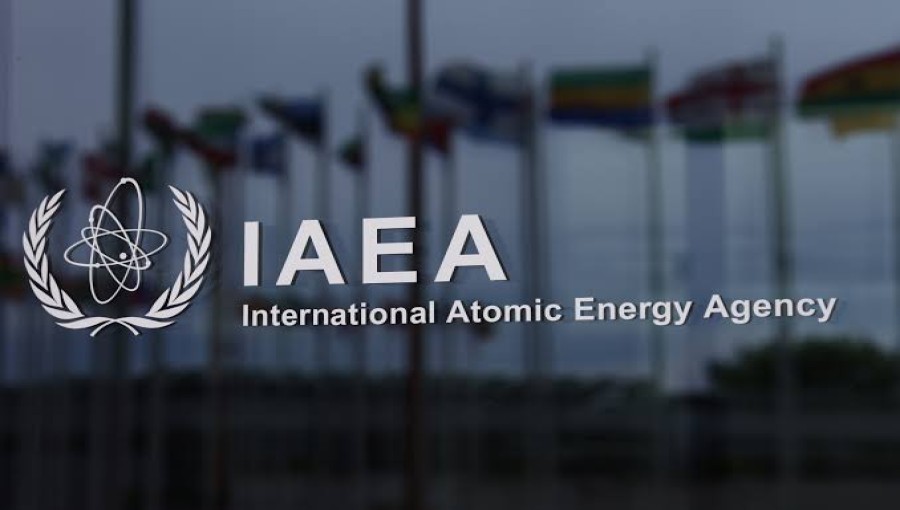

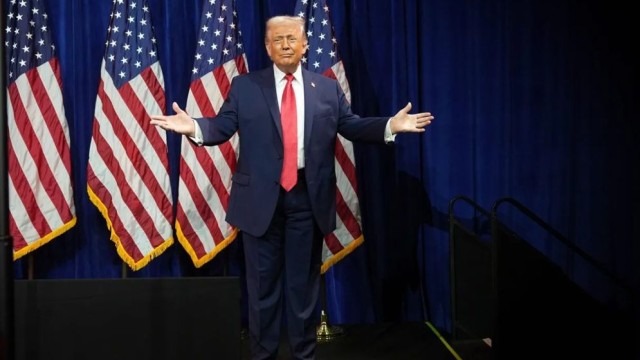
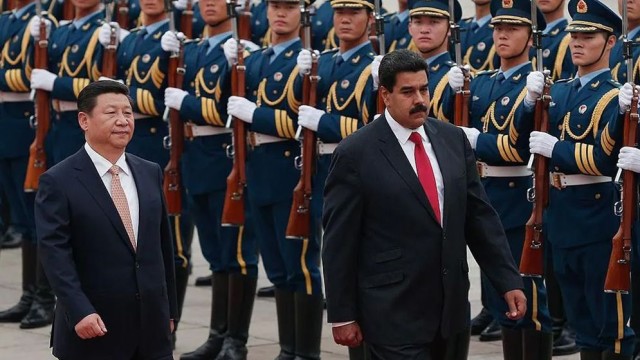
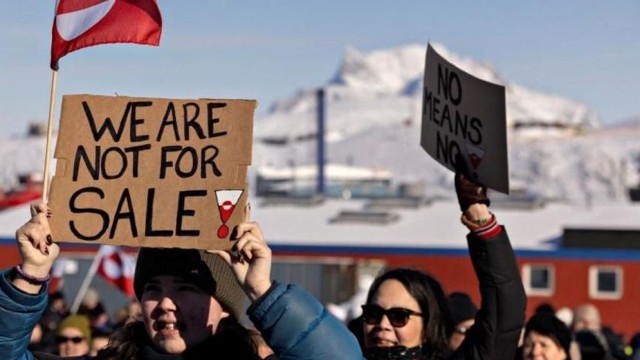

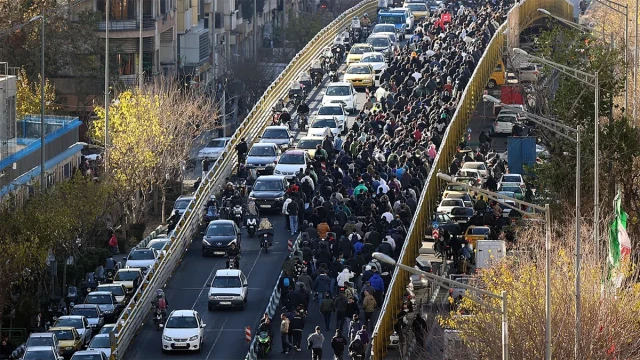

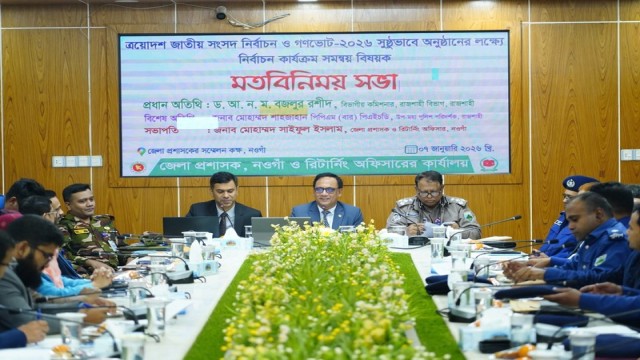

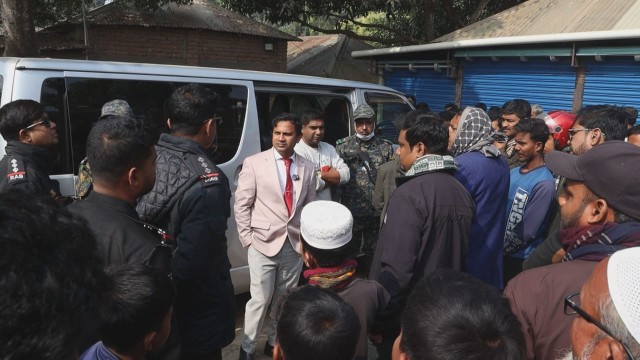
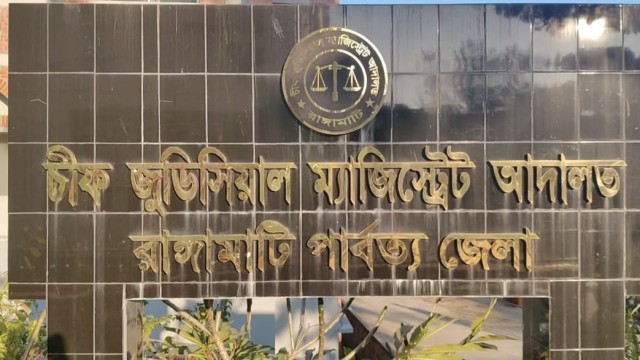


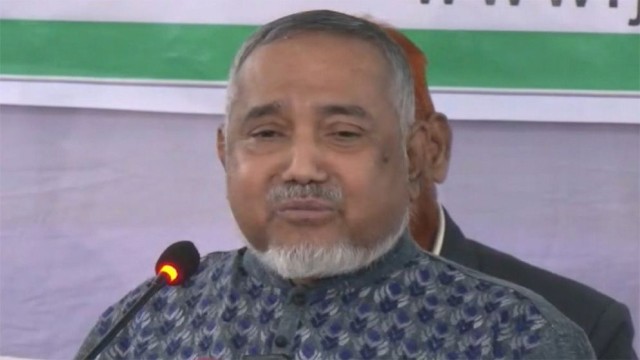



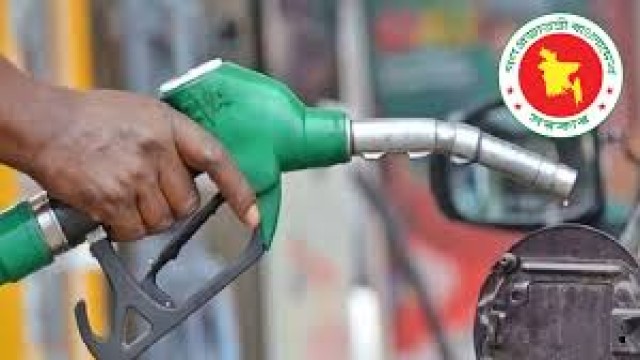
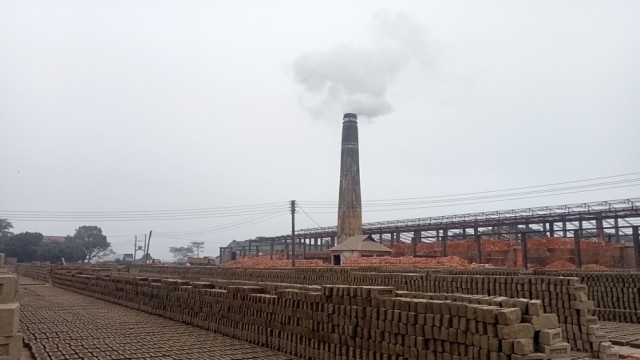
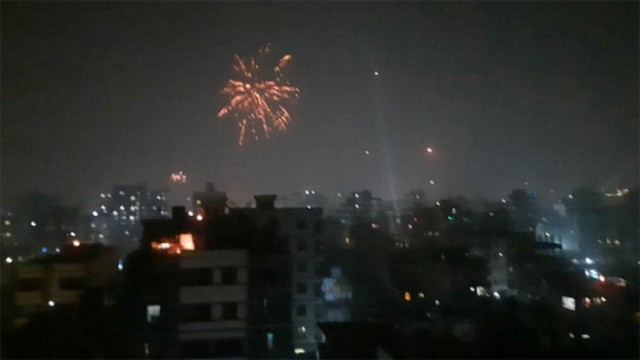

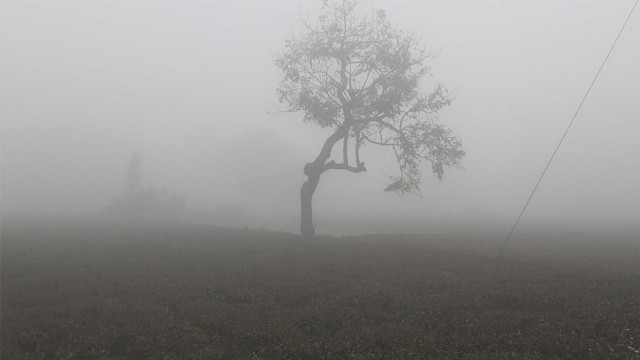

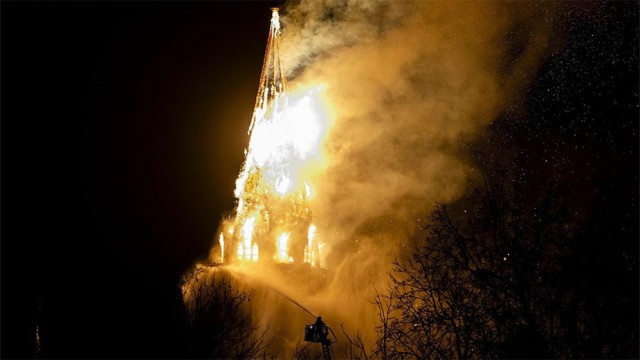
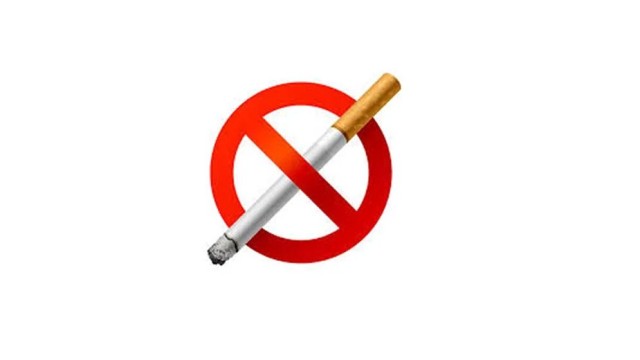


Comment: